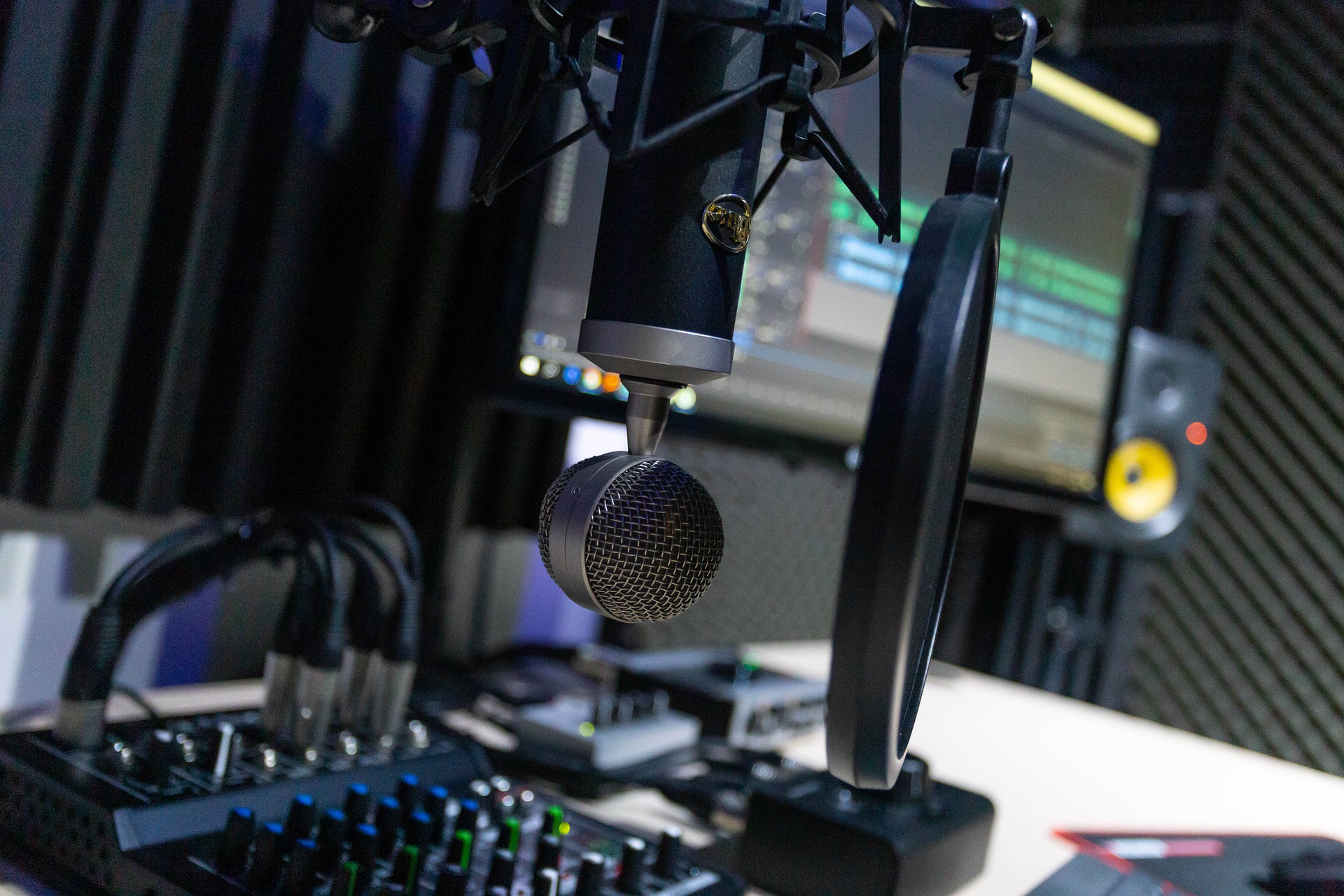If attention is nowadays very limited, we need to change our content creation strategy to engage online readers.
A little more than a goldfish. According to some studies, a Millennial can concentrate on an online article for maximum 9 seconds, while Gen Z cannot go beyond 8 seconds. With this premise, creating textual contents to interest and engage our audience looks like an almost impossible mission.
Most copywriters would say the best thing to do is to KISS our text, thus applying the design principle noted by the U.S. Navy in the 1960s, which stands for “keep it simple, stupid”. That’s absolutely a good piece of advice, but it might be worth examining the reading techniques that people use on the web more frequently. If we learn how our contents are read, we might get some actionable insights to write them in a more effective way.
As we are surrounded by so many media and contents (remember the ‘content shock’?), it’s hard to have time and energy for a close reading when we browse for an article, a document or other written resources. What most people do is previewing the text, that means grasping its main message by looking at the title, the pictures and captions, subheadings, and the first paragraph. These pieces of information allow the reader to make a guess about the whole text, in a sort of predictive exercise. That’s the first element to remember when writing and publishing something: think carefully of the title, subheadings and the first paragraph, and even more carefully select pictures and captions.
When approaching the text, people usually skim or scan it. Indeed, skimming and scanning are the most used techniques for quick reading.
Skimming is going through the text to get the main idea. Since looking only for the overall message, we don’t need to read the whole text, but we just focus on a few sections such as the title and the first paragraph (again), the first sentences of following paragraphs and the final remarks. When we see someone reading a newspaper or an online article on the bus, he/she is probably skimming it.
Scanning has a different purpose, since it is reading quickly to find some specific information, usually figures, names or quotes. That’s what we typically do when browsing a list or a map. In text reading, scanning clings to words or sentences in bold, bulleted paragraphs, and quotation marks.
If we want to capture the limited attention of our skimming or scanning audience, let’s put extra effort on titles, subheadings and first paragraphs. Let’s chunk the text into short paragraphs, make a smart use of bold, and KISS the content as much as possible. Hopefully we will survive the TL;DR effect.




